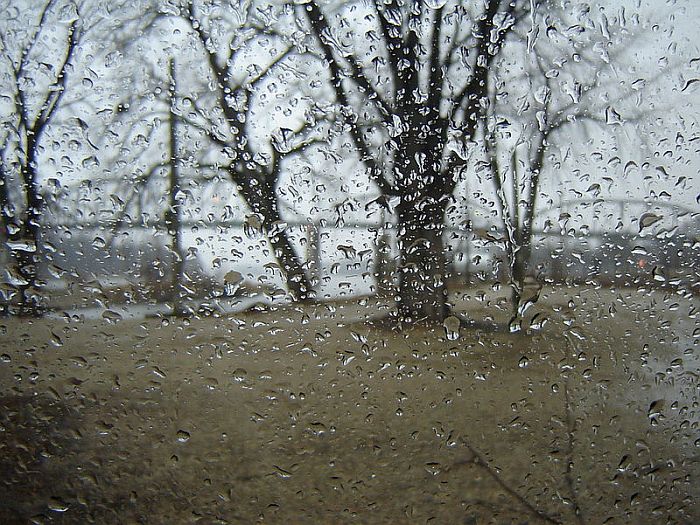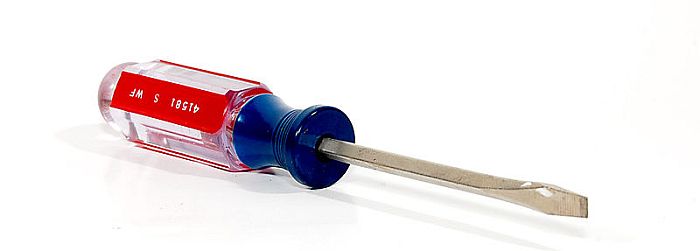How to kill clover in lawn:
- Remove it manually. Loosen the soil and pull the clover straight up.
- Do an herbicide spot treatment. Don’t get spray on desired plants.
- Apply a “weed and feed” product to your lawn.
- Mow high. Tall grass prevents clover from getting sunlight.
When it comes to clover in your lawn, people have different reactions. Some appreciate the fact that it adds nitrogen to the soil. Others may worry about their kids getting stung by bees visiting clover flowers.
If you’re here, you probably want to get rid of the stuff. Fortunately, it isn’t difficult (at least compared to removing cacti or pampas grass). In this article, I’ll explain how to get rid of clover with four methods.
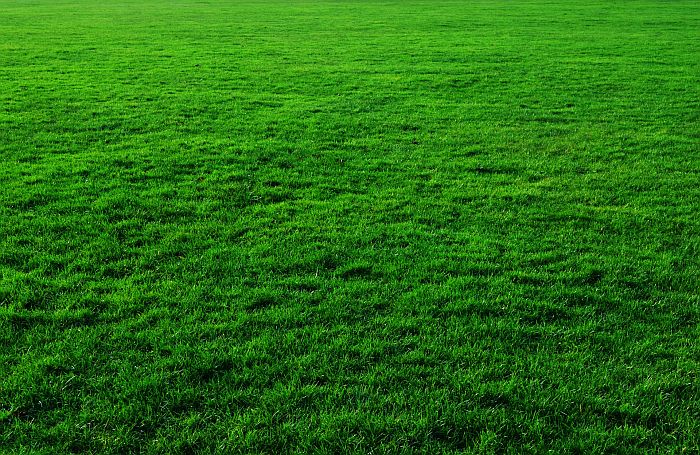
Contents
What Gets Rid Of Clover? 4 Methods
Remove It Manually
If there is only a bit of clover on your lawn, you can pull them out by hand before they spread. Scotts says to do this before they form flowers and spread by seed or by creeping outward.
You’ll Need:
- A rainy day
- A screwdriver
Steps
Here’s how you can get rid of clover by removing it manually:
- Wait For It To Rain
image credit: Rainy-day-in-Henry-Illinois.JPG by ProfDEH under a CC license
Though this step isn’t completely necessary, it’s easier to pull weeds from moist soil. If you pull clover while the soil is dry, their roots may refuse to come out and break. - Loosen The Soil
image credit: Screw Driver display.jpg by Fcb981 under a CC license
Roe Sie shows how to properly loosen the soil around the weeds in a video guide below. - Pull Up The Clover
Grab clover at its base and carefully pull it straight up and out of the ground.
How To Loosen The Soil Video Guide
In this video, Roe Sie demonstrates how to use a screwdriver to loosen the soil around and under weeds:
Spot-Treat It With Herbicide
If you don’t want to or can’t do weed control by hand, you can kill it with herbicide. If you only have a bit of clover, you can spray the plants individually with something like Scotts TouchUp, which won’t hurt these types of grasses:
- Bermudagrass (It may temporarily discolor bermudagrass.)
- Buffalograss
- Fescue
- Kentucky bluegrass
- Perennial ryegrass
- Zoysiagrass
Just FYI, Scotts warns against using Scotts TouchUp in vegetable gardens, flower beds, near shrubs, or near ornamental plants. They also say not to use the weeds you kill in compost or mulch.
You’ll Need:
- Daytime temperatures between 45F and 90F
- Scotts TouchUp
- Protective gloves
- A long-sleeved shirt
- Pants
- Boots
- A breathing mask
Steps
These are the steps that you’ll need when spot-treating clover with herbicide:
- Wait For The Right Day

The best time to spray weeds with Scotts TouchUp is when they’re actively growing and temperatures are between 45F and 90F (7.2C to 32.2C).
- Wear Protective Clothing
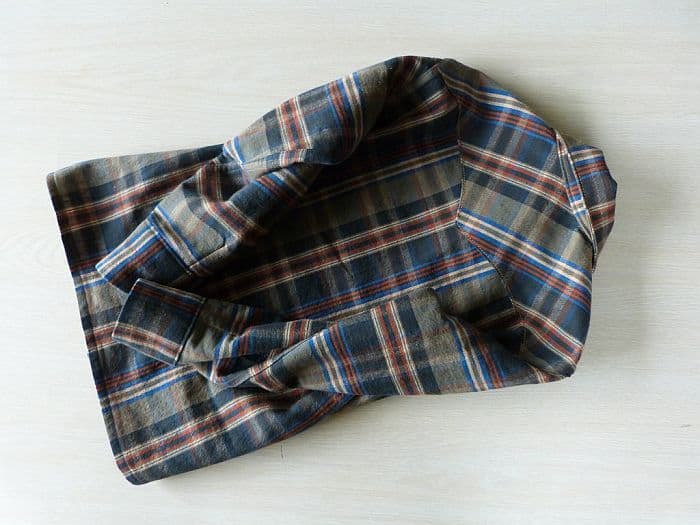
Scotts instructs TouchUp users to avoid getting spray on people or pets. Wear gloves, a long-sleeved shirt, pants, boots, and a breathing mask to protect yourself.
- Adjust The Nozzle
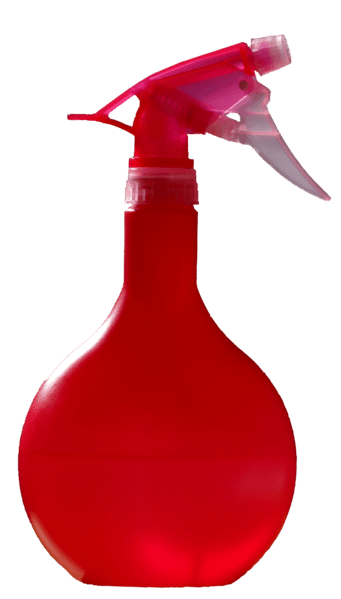
Turn the spray nozzle to the open position and adjust it as needed.
- Spray The Clover
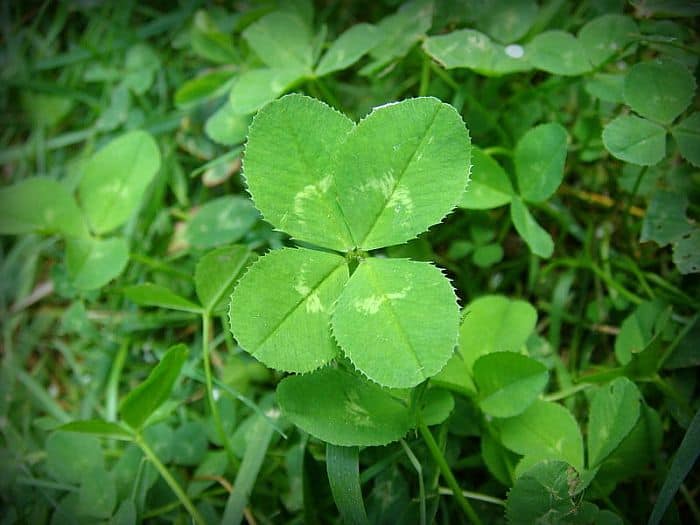
Holding the spray nozzle no more than two feet from the clover and spray it so that it’s covered. Avoid getting spray on any desirable plants or grass.
Apply A “Weed And Feed” Product
If your lawn is covered in clover, Scotts recommends feeding your lawn and killing the clover simultaneously. You can use Scotts® Turf Builder® Triple Action for the following grass types:
- Bermudagrass
- Bahiagrass
- Centipedegrass
- Kentucky Bluegrass
- Perennial Ryegrass
- Tall Fescue
- Fine Fescue
If you have a St. Augustine, carpetgrass, centipede, or zoysia lawn, you can use Scotts Turf Builder Bonus S Southern Weed & Feed2.
Before you use this method, there are a few things you should know. First of all, exercise proper lawn care. Don’t use these products unless it’s the right time to fertilize your lawn.
Cool-season grasses, such as Kentucky bluegrass, should primarily be fertilized in fall, whereas warm-season grasses, like bermudagrass, should be fertilized in either late spring or early summer.
“Weed and feed” products like these pose some environmental hazards. Weed Science Society of America says to sweep any granules that land off of your lawn back onto it so they won’t get into waterways.
As mentioned before, only use this method if your lawn has been taken over by clover. As The Spruce explains, it isn’t good to use herbicides where none is needed.
There’s also no guarantee that it will work. Some Amazon reviewers claim that these products didn’t kill weeds, whereas others had satisfying results.
You’ll Need:
- A wet or dry non-windy day (depending on the product)
- A push spreader
- Scotts® Turf Builder® Triple Action or Scotts Turf Builder Bonus S Southern Weed & Feed2
- Protective clothing mentioned in the prior method
Steps
If you’re planning to use a “weed and feed” product for your clover problem, here’s how to do it:
- Wait For A Wet Or Dry Windy Day During The Appropriate Season (Depending On The Product)
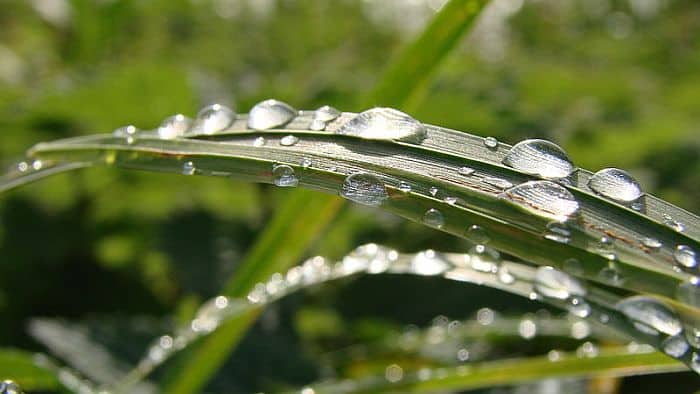
Don’t apply either product on a windy day. One Amazon product reviewer warns that Scotts® Turf Builder® Triple Action “goes flying all over the place” when there’s a breeze, as it’s “very soft and fluffy.”
Scotts recommends applying Scotts® Turf Builder® Triple Action on a wet lawn, whereas it says to apply Scotts Turf Builder Bonus S Southern Weed & Feed2 to a dry lawn.
Scotts specifies that you should use Scotts® Turf Builder® Triple Action in the spring when daytime temperatures are regularly between 60F and 80F (15.6C and 26.7C). As for the other product, the back of the bag says to apply it “when weeds are actively growing.”
- Find The Size Of Your Lawn
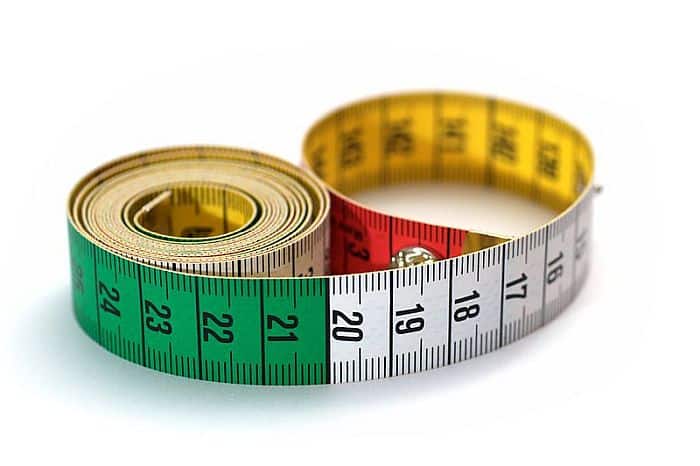
You can do this with the Scotts My Lawn app.
- Wear Protective Clothing
To be on the safe side, wear the protective clothing mentioned in the prior method.
- Adjust Your Spreader’s Settings
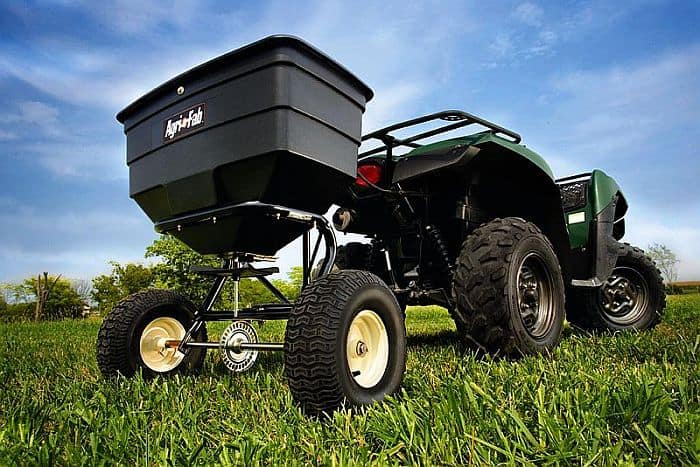
Adjust your spreader’s settings to the specifications on the product bag.
- Fill Your Spreader
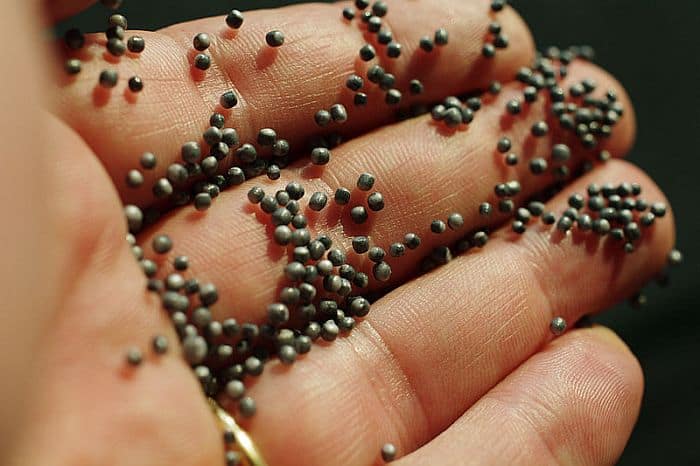
Pour either product into your spreader, being careful not to spill it.
- Apply
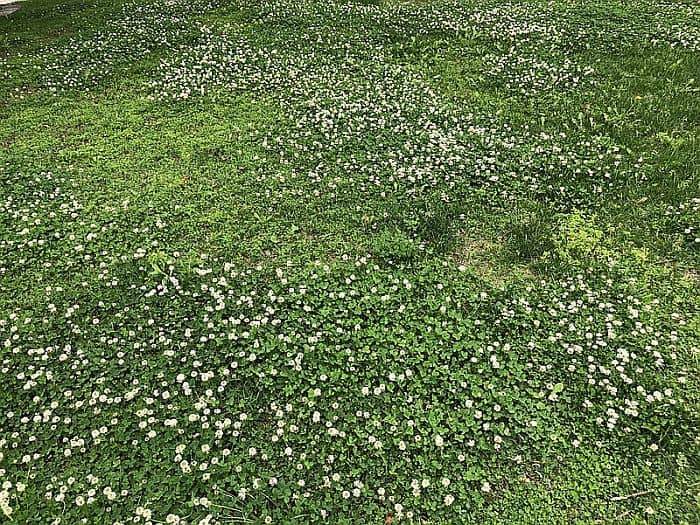
Apply the product evenly over your entire lawn. Start by going around its edges. Then cover the interior of your lawn in rows.
- Water Your Lawn
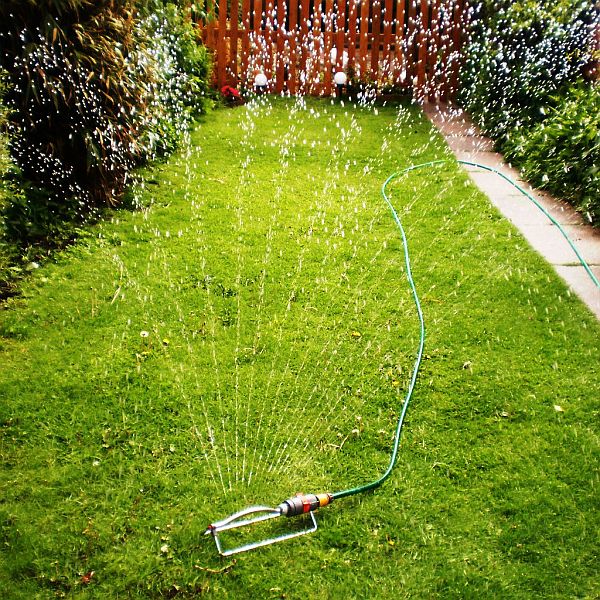
24 hours after applying Scotts® Turf Builder® Triple Action, water your lawn to wash it into the soil. If you’re using Scotts Turf Builder Bonus S Southern Weed & Feed2, water your lawn immediately.
Mow High
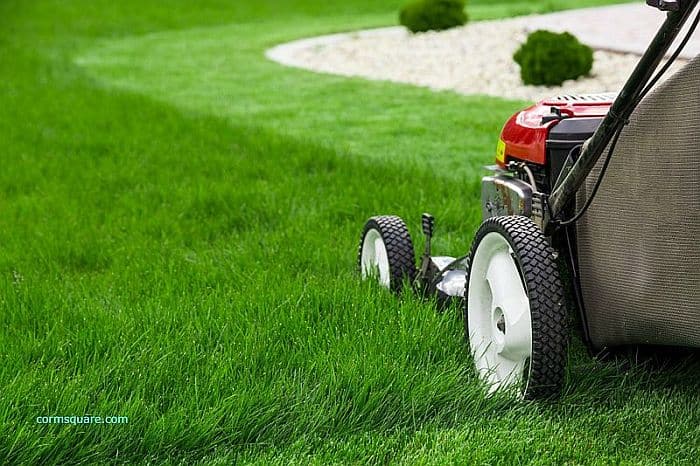
Scotts explains that because clover is low-growing and has shallow roots, tall grass prevents it from getting adequate sunlight. For this reason, you should set your lawnmower to mow high.
You’ll Need:
- A lawnmower
Steps
These are the steps on getting rid of clover using your lawn mower:
- Set Your Mower High
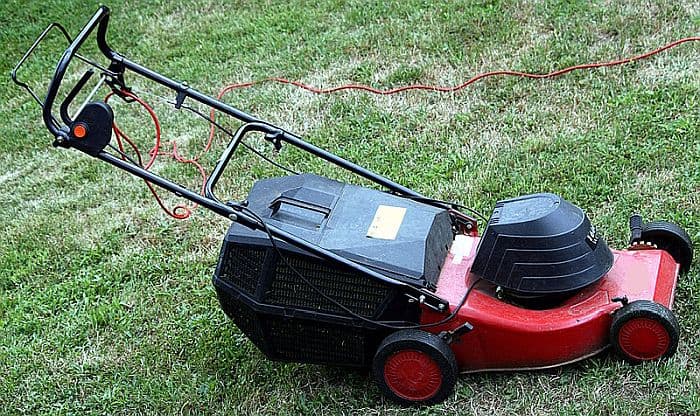
Most mowers can be set to a cutting height of 3.25 to 4 inches (8.3 to 10.2 cm). Michigan State University Extension recommends mowing at 3.5 (8.9 cm) to 4 inches.
iScaper1 explains how to adjust a mower’s height:
FAQs
Why Do I Have So Much Clover In My Lawn?
According to Today’s Homeowner with Danny Lipford, clover is a sign that your lawn needs more nitrogen. Clover can thrive in nitrogen-poor soil because it absorbs nitrogen from the air. You can increase soil nitrogen with aeration, a top-dressing of compost, an organic, slow-release fertilizer, and by not overwatering.
Should I Kill The Clover In My Lawn?
You may want to remove the clover from your lawn because you don’t like how it looks or you’re worried about it attracting bees. However, it has several benefits: It adds nitrogen to the soil, stays green through dry periods, supports beneficial insects, and it can smother weeds.
Is Clover A Sign Of Low Nitrogen?
Because clover gets its nitrogen from the air, it can thrive in nitrogen-poor soil. If you don’t mind having it around, it also adds nitrogen to the soil.
Will Clover Choke Out Grass?
According to Cardinal Lawns, clover tends to choke out grass. Your grass can choke out clover if it’s tall enough. For this reason, it’s a good idea to set your lawnmower high.
And That’s How To Get Rid Of Clover
Now that you know how to get rid of clover, you can enjoy a blemish-free lawn that doesn’t attract bees.
However, you’ve probably also learned that there are benefits to keeping clover around. It increases soil nitrogen, stays green through dry spells, supports environmentally important insects, and can smother weeds. Unfortunately, it can choke out grass. Your approach to clover is up to you.
Did you enjoy this tutorial? If so, please share it. Please also share your thoughts or concerns in the comments.
For more tips on increasing your home’s curb appeal, click here.
